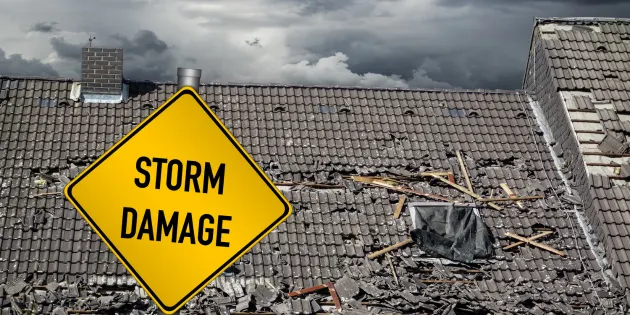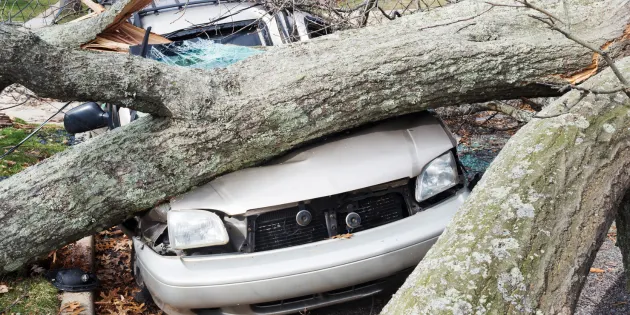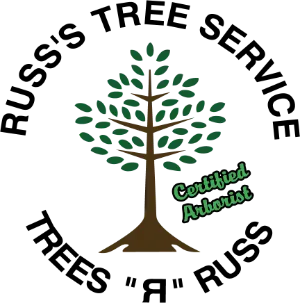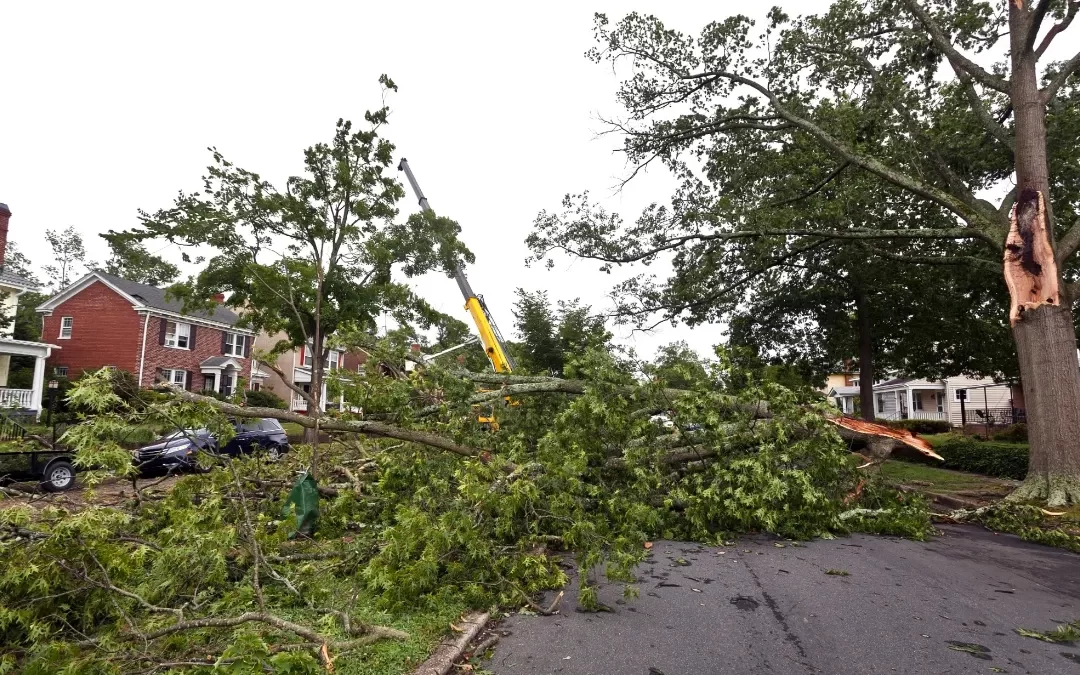Natural disasters remind us of nature’s untamable power; among these, storms are notorious for their capacity to wreak havoc on our surroundings. Trees, which are generally symbols of life and growth, can transform into hazards when battered by strong winds and heavy rain. For homeowners and property managers, the aftermath often involves the daunting task of storm damaged tree removal.
In this article we are providing the insights needed to make informed decisions. From understanding the causes and types of storm damage to navigating insurance and choosing a certified professional, we’ve got you covered.
The Power of Nature

Storms can be unpredictable beasts, leaving behind a trail of destruction. Understanding the causes of storm damage can help in anticipating potential risks and preparing accordingly.
High winds are a major culprit. They can snap branches or even uproot entire trees, especially if the tree’s root system is shallow or weakened. Heavy rainfall can also saturate the soil, making it less stable and increasing the likelihood of trees toppling over. Lightning strikes can cause significant damage, splitting trunks and igniting fires.
Combining these factors can lead to catastrophic outcomes, particularly for properties situated near large trees. Awareness is key; knowing what to look for can be your first line of defense against storm damage.
Types of Damage from Storms What to Expect
Storms can inflict a variety of damage on trees, each with its own set of challenges when it comes to removal and cleanup.
Branch breakage is the most common type of damage. It may seem minor, but broken branches can pose significant risks if they’re hanging precariously. Additionally, trunk splits or cracks indicate severe structural damage, making the tree a ticking time bomb.
Root damage is another concern. If a tree is leaning after a storm, it likely indicates root failure, which requires immediate professional attention. Meanwhile, defoliation, while less urgent, affects a tree’s health long-term and can signal underlying stress.
Each type of damage demands a unique approach, from securing loose limbs to deciding whether a tree can be saved or must be removed.
Why Hire a Certified Professional
Attempting to remove storm-damaged trees without professional assistance can lead to serious injuries or further property damage.
Safety is essential. Certified arborists have the training and experience to handle dangerous situations, reducing the risk of injury. They are equipped with the right tools and know-how to manage even the most precarious conditions. An arborist can also assess the health and stability of a tree, advising whether it can be saved or should be removed. This knowledge is invaluable, ensuring that you make informed decisions about your property’s landscape.
The sheer weight of a tree or large branch makes them unpredictable. Without the proper equipment, even small miscalculations can result in trees falling in unintended directions. Also, chainsaws and other power tools are inherently dangerous, especially in inexperienced hands.
Additionally, storm-damaged trees often have hidden hazards, like power lines entangled in branches. These scenarios require expert navigation to prevent electrocution or fire risks.
Ultimately, hiring a professional mitigates these dangers, providing peace of mind and ensuring a safe, efficient removal process.
Insurance for Tree Damage, What Does It Cover?

Dealing with storm damage can be a financial burden, but understanding your insurance coverage can alleviate some stress.
Most standard homeowner’s insurance policies cover damage caused by wind and fallen trees. This means that if a tree damages your home or another insured structure, your policy may cover the cost of repairs and tree removal.
However, coverage can vary. Some policies only cover removal if the tree falls on an insured structure, while others might extend to those that block driveways or access points. It’s also important to note that the cost of removing a fallen tree from your yard is typically not covered.
Reviewing your insurance policy and speaking with your agent can clarify these details, ensuring you’re prepared when disaster strikes.
Navigating the Aftermath
Storms are powerful and unpredictable, leaving landscapes changed and often vulnerable. Homeowners and property managers face significant challenges in storm damaged tree removal, but knowledge and preparation can make a world of difference.
Understanding the causes and types of damage, knowing what to expect during cleanup, and recognizing the importance of professional help are crucial steps in managing these situations effectively. Additionally, being informed about insurance coverage can provide financial relief during such times.
For those seeking further assistance, connecting with a certified professional, such as those at Russ Tree Service, offers expertise and peace of mind. With their help, you can ensure your property remains safe and beautiful, even in the wake of nature’s fury.

